Have you visited the Mémorial du Camp de Rivesaltes yet?
Inaugurated in October 2015, it stands amid the remains of an internment camp that held more than 60,000 people during the 20th century.
The memorial museum serves as a place of remembrance, education, and research, dedicated to refugees, internees, and displaced people who passed through the site across multiple historical periods.
Official website: memorialcamprivesaltes.eu
THE HISTORY
Camp Joffre opened in 1938 and closed in 1970. Its history is horrific. In that first year it changed in the blink of an eye from housing for the troops to housing for “Undesirables”. Soon refugees from the Spanish Civil War, Jews and Gipsies joined the “Undesirables”. So handy for the railway. Destination: Auschwitz, via Drancy.
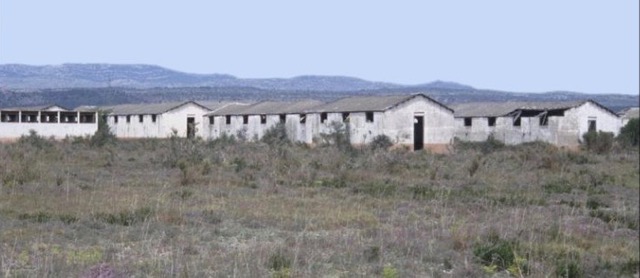
After the signing of the armistice, France was split into two and the « zone libre » in which the Pyrenees-Orientales was included, came under the administration of the Vichy government, a close ally of Germany.
In January 1941, the Vichy regime opened the ‘Centre d’Hébergement de Rivesaltes’ (Rivesaltes Accommodation Centre) on the camp premises for interning ‘Sinti and Roma’, (Gypsies) political opponents and Jews. It was at this point that the sad and sinister history of the camp Joffre began to unfold.
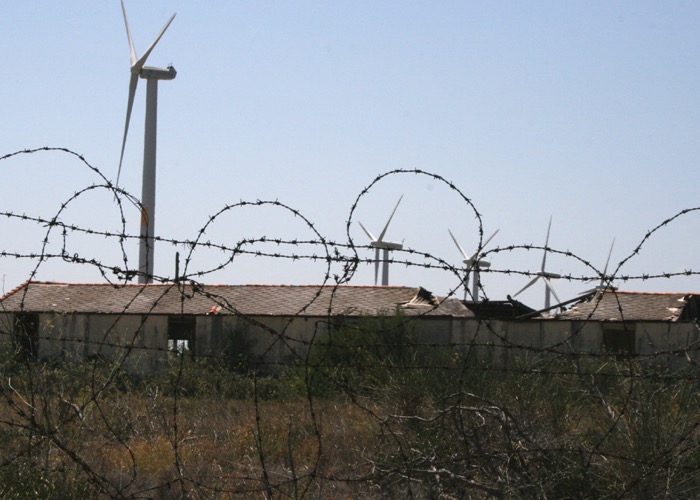
With a capacity of 8000, it was not long before the camp was overcrowded, families were separated, and conditions deteriorated enormously. In fact, Due to the length of time it operated and given the number of people who were interned, imprisoned or confined there, Rivesaltes is now considered the largest internment camp in Western Europe.
In 1942, under German pressure, the camp became a ‘Centre national de rassemblement des Israélites’ – a ‘sorting centre’ for Jews who were then sent on to the death camps such as Auschwitz, via Drancy. Two thousand five hundred and fifty one Jews are recorded as having been deported from Rivesaltes – four hundred of them were children.

Today a museum stands on the site, a silent witness to man’s inhumanity to man.
THE BACKROUND OF CAMP JOFFRE
The site served many roles across decades
| Period | Function | Populations concerned |
| Late 1930s | Military training camp | French army personnel |
| 1939 (after the Spanish Civil War) | Refugee camp | Spanish Republican exiles fleeing Franco’s regime, known as La Retirada |
| 1941–1942 (Vichy regime) | Internment and transit camp | Jewish families, Roma, and foreign refugees before deportation to Drancy and Auschwitz |
| Post-WWII (1945–1960s) | Various uses | Political detainees and displaced persons |
| 1962–1964 (after Algerian War) | “Reception” camp for Harkis (Algerians who fought for France) and their families | |
| 1986–2007 | Administrative detention centre | Undocumented migrants prior to expulsion |
The History of the Memorial Museum
The first symbolic stone for the Rivesaltes camp memorial was placed in 2007 and the idea of a memorial was born. But so many different peoples and religions suffered there – who should the memorial honour? Jews, gypsies, Spanish refugees, French Algerians, homosexuals…..even Germans imprisoned there after the liberation….?
It was finally decided by a ‘jury’ led by French architect and designer Rudy Ricciotti that It’s role should be to “account for the history of internment in France during the second world war, the camp from 1930 to present times, and the help and assistance given” The project was directed by Denis Peschanski, specialist in the terrible history of the camps in France during the second world war. Housed in a unique building, the museum earned its architect, Rudy Ricciotti, the Equerre d’Argent prize.
The Memorial Museum today
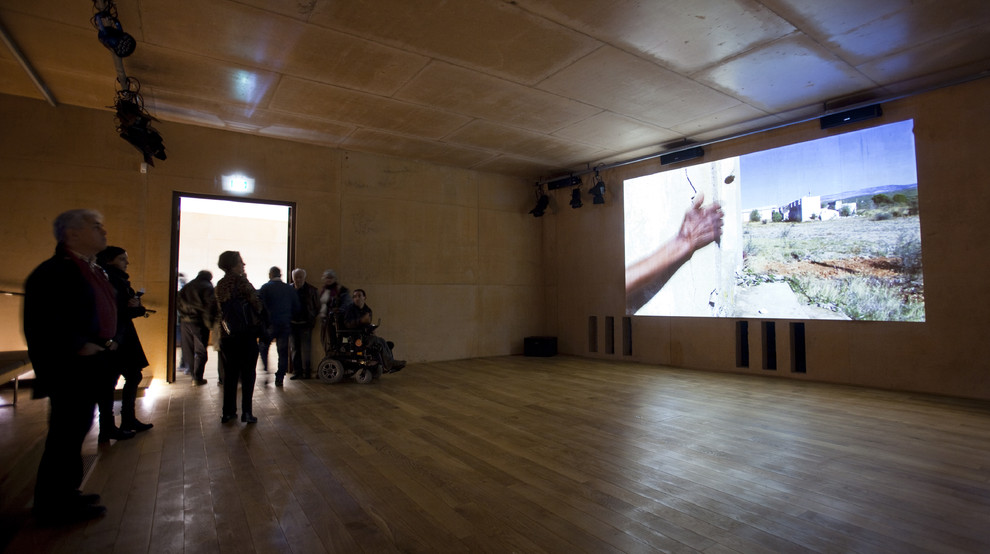
🎓 Purpose and Mission
1.Remember the victims
The memorial honors all those who were interned, deported, or displaced through the site.
2.Educate and raise awareness
It offers workshops, conferences, and exhibitions linking past injustices to current issues such as migration and human rights.
3.Promote research
With a scientific board chaired by historian Denis Peschanski, it encourages academic studies and preservation of memory archives.
4.Foster shared memory
The memorial seeks to connect the memories of multiple communities — Spanish exiles, Jews, Roma, Harkis, and migrants — within a common narrative.
5.Cultural and territorial role
It contributes to the cultural life of the Pyrénées-Orientales and the broader Occitanie region, linking history with tourism and education.
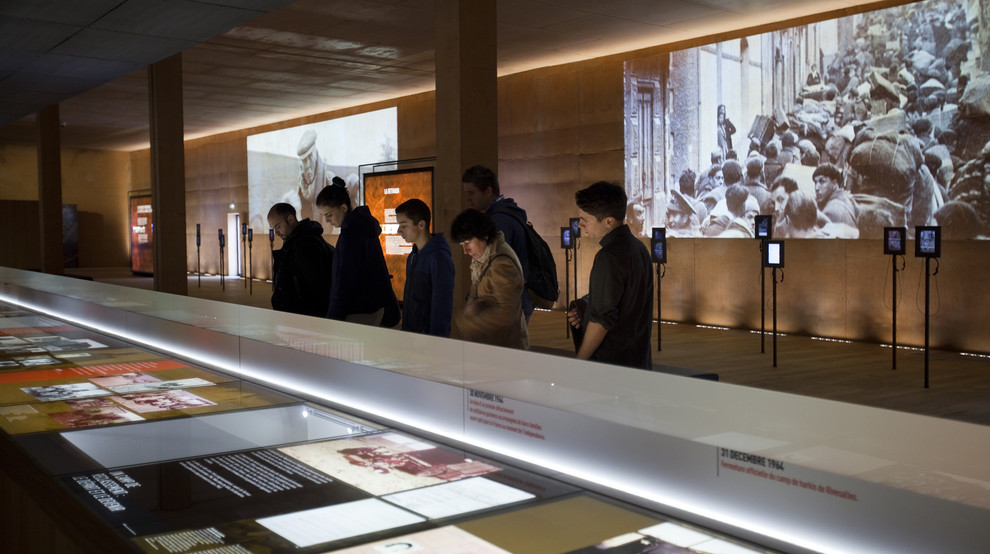
What’s Inside
The Mémorial du Camp de Rivesaltes includes:
•A permanent exhibition retracing the camp’s history (Spanish refugees, Jews, Harkis, migrants, etc.)
•Temporary exhibitions on related themes (memory, exile, human rights)
•An auditorium (about 160 seats)
•Educational and workshop spaces for school groups
•A documentation and research center
•A bookshop and visitor services area
•A contemporary art installation by Emmanuel Régent, featuring anonymous quotes from camp testimonies
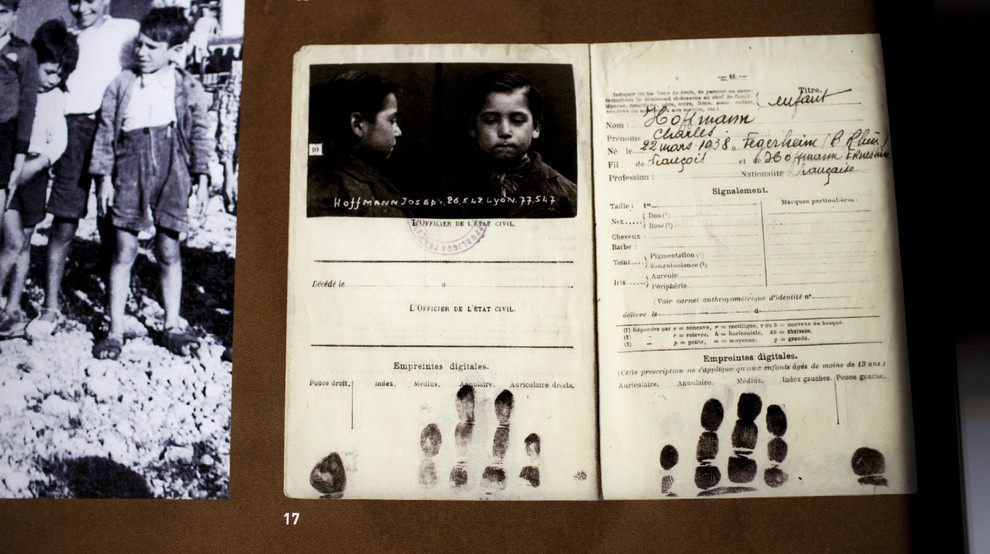
The 4,000-square-meter award winning building is made up of a long single-story sunken construction in concrete, monolith style, broken up by narrow patios. Inside, the only view is of the sky, visible through a few roof windows and the patios.
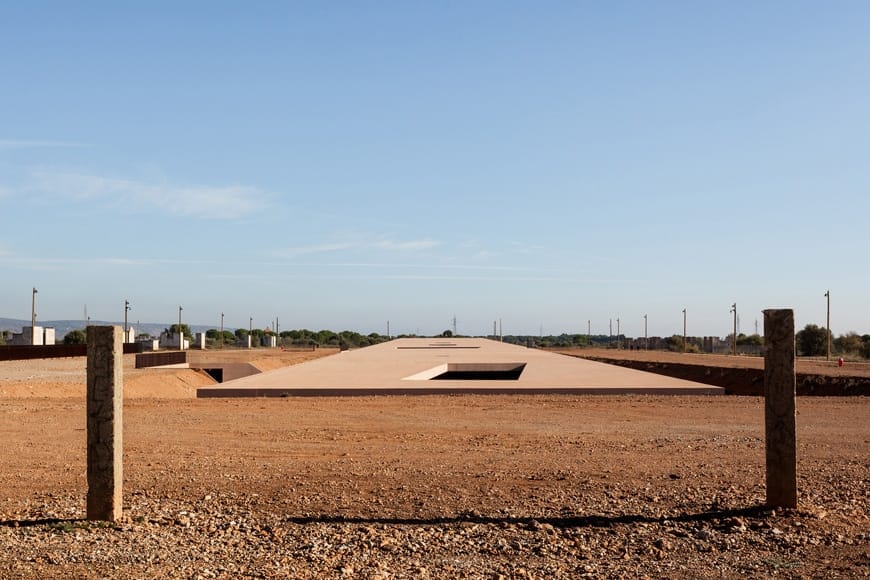
The permanent exhibition in the main gallery consists of a 30-meter-long interactive table featuring videos, interviews, maps, documents and objects related to Camp Joffre and other internment camps in France, personal stories of internees, and archive videos.
Outside, the desolate, abandoned barracks and ruins of the former camp emphasise the stark reality represented within the Memorial museum.
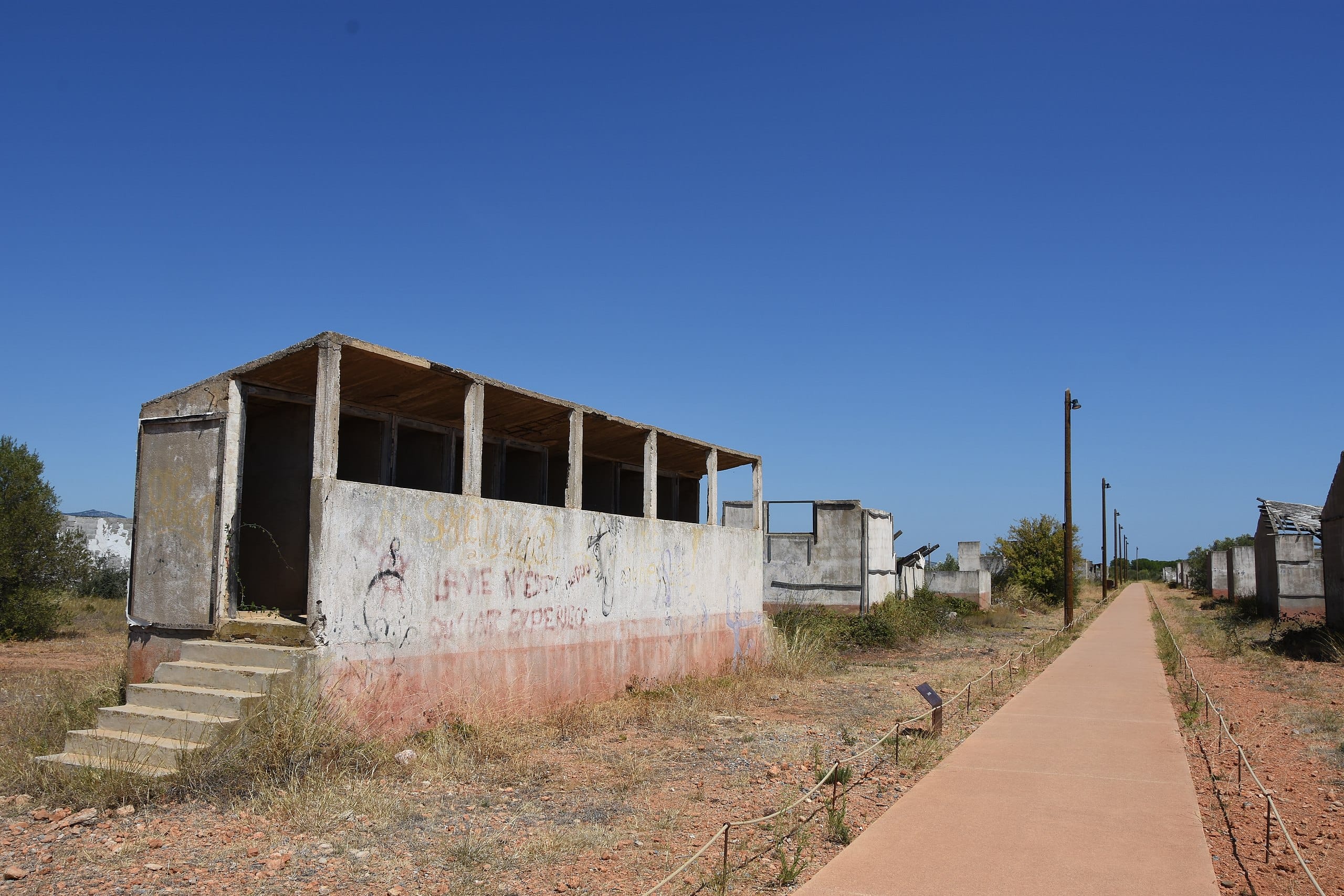
Described as ‘un musée de la grandeur de l’homme libre, pour un mémorial non de la défaite mais du combat, pour un musée de l’homme digne et debout’ (A museum to show how great is the free man, a memorial of combat, not of defeat, a museum showing man dignified and standing tall), you will not come away unmoved.
Visitors describe the memorial as emotionally powerful and architecturally striking, even as the site faces the ongoing challenge to balance historical accuracy, emotional impact, and contemporary relevance without turning remembrance into spectacle.
Check out their website www.memorialcamprivesaltes.eu or visit their Facebook page for temporary exhibitions, film screenings, concerts, lectures, and live performances taking place in the museum’s 145-seat cinema/auditorium throughout the year.
📍 Practical Information
•Location: Route de Salses, 66600c, France
•Official site: memorialcamprivesaltes.eu
•Opening: Generally Tuesday–Sunday (closed Mondays); hours vary by season
•Tickets: Affordable entry (free for some groups; reduced rates for students)
Practical Tips
•Allow at least 1h30, but 2–3 hours can make the experience more relaxed.
•Check exhibition availability ahead of time (especially summer-autumn 2025 when indoor parts may be closed)
•Arrive early, especially in busy months (June–Sept)
•Wear comfortable walking shoes — the outdoor circuit can be uneven
•Bring water / snack, though the café is available
•Use the audio guide / visioguide — it enriches the narrative and adds voices to the place
•Photography: permitted generally in exhibition and outdoor spaces; check signage or staff direction
•Accessibility: there are provisions for visitors with reduced mobility (parking, access)
•Weather sensitivity: in hot sun, the outdoors can be exposed, so bring sun protection
•Align your visit with an event if possible — performances or talks can deepen the experience.

WOW!!
[…] http://anglophone-direct.com/rivesaltes-memorial-museum/ […]